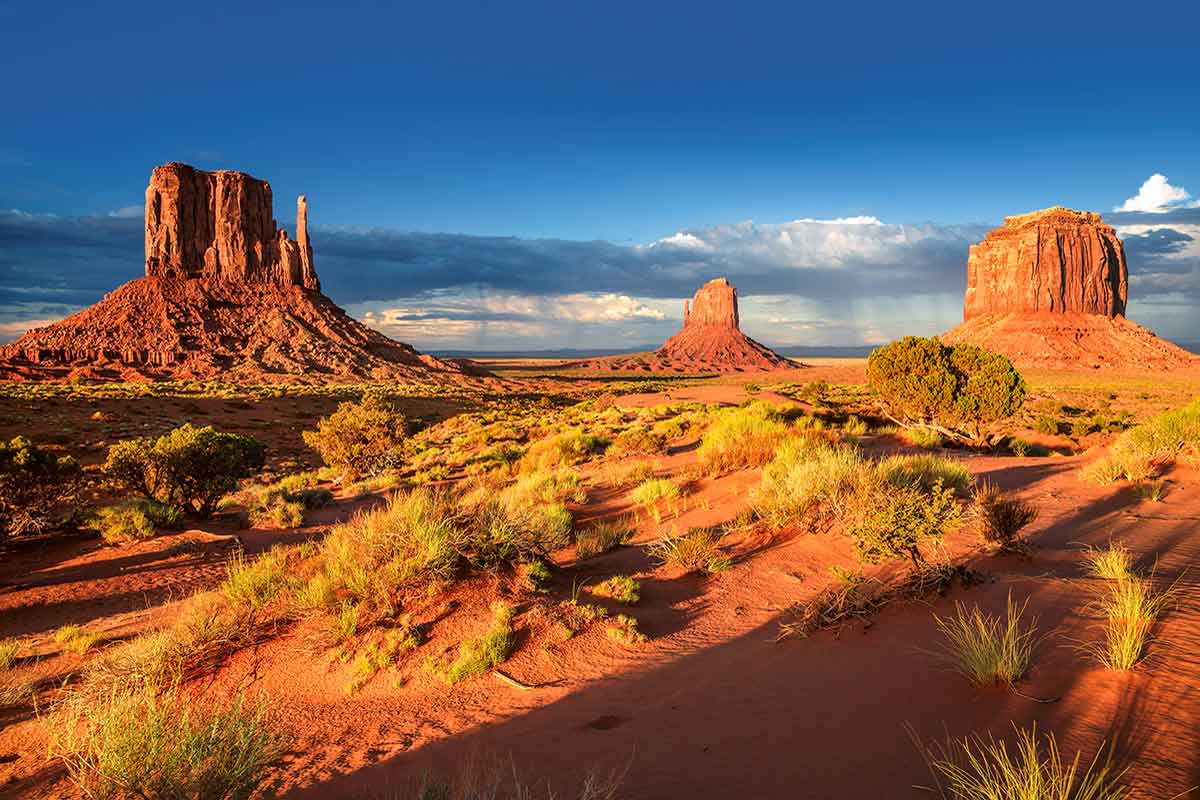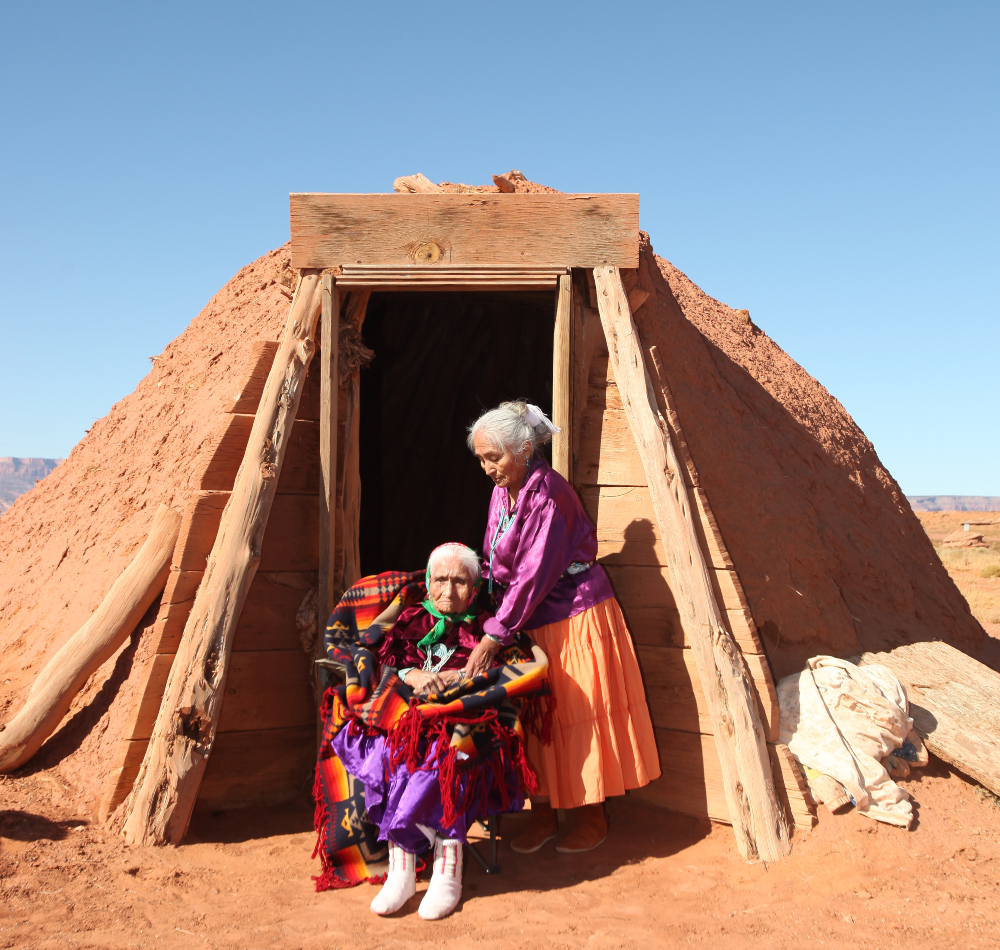
Navigating Diné Bikeyah: Essential Knowledge Before Visiting the Navajo Nation
The Navajo Nation, or Diné Bikeyah as it’s known to its people, is a vast, breathtaking, and culturally rich sovereign territory unlike any other destination in the United States. Spanning over 27,000 square miles across Arizona, New Mexico, and Utah – an area larger than ten U.S. states, including West Virginia – it is the largest land area retained by a Native American tribe. A visit here promises a profound experience, an immersion in ancient landscapes and a vibrant living culture. However, to truly appreciate and respect this unique destination, visitors must arrive prepared and informed. This guide cuts directly to what you need to know before setting foot on Diné Bikeyah.
Understanding Sovereignty and Respecting Diné Culture
First and foremost, recognize that the Navajo Nation is a sovereign nation within the United States. It has its own government, laws, police force, and judicial system. This is not merely a tourist attraction; it is home to over 300,000 Diné people, a living, breathing community with deep spiritual and historical ties to their land. Your visit is a privilege, not a right.
Cultural Sensitivity and Etiquette are Paramount:
The foundation of a positive visit is respect. The Diné hold a profound reverence for their land, ancestors, and traditions. This translates into specific expectations for visitors:

- Photography: This is one of the most crucial points. Always ask for permission before photographing individuals, particularly elders and children. Many Diné consider it disrespectful to be photographed without consent. Never photograph traditional ceremonies, sacred sites, or private residences. If permission is granted, a small gratuity is often appreciated.
- Sacred Sites: Many areas within the Nation are considered sacred. Tread lightly, stay on marked paths, and never disturb natural formations, rock art, or historical sites. Do not remove anything from the land – rocks, pottery shards, plants, or other artifacts.
- Dress Code: While there’s no strict dress code, modest attire is generally appreciated, especially when visiting communities or attending public gatherings.
- Privacy: Respect the privacy of residents. Do not enter private property without explicit invitation.
- Behavior: Keep noise levels down, especially in residential areas. Public displays of affection are generally discouraged. Avoid any behavior that could be perceived as disruptive or disrespectful.
As a Navajo Nation leader once stated, "We welcome visitors to our lands, but we ask that you come with an open heart and a respectful mind, understanding that this is our home, our heritage, and our future."
Permits and Access: Navigating Tribal Lands

Unlike national parks or state lands, much of the Navajo Nation requires specific permits for activities like hiking, camping, fishing, or even just visiting certain areas. Failing to obtain the necessary permits can result in fines or other legal repercussions.
- Navajo Parks & Recreation: This agency manages the Navajo Tribal Parks (e.g., Monument Valley, Canyon de Chelly, Little Colorado River Gorge). These generally have designated visitor centers and charge entrance fees.
- Backcountry Permits: For hiking, camping, or exploring undeveloped areas outside of designated parks, you will likely need a backcountry permit from the Navajo Nation Parks and Recreation Department. These are crucial for your safety and to ensure you are not trespassing on private land.
- Private Land and Guided Tours: Many of the most iconic natural wonders, such as the famous Slot Canyons (Antelope Canyon, Secret Canyon, Canyon X), are located on private Navajo land. Access is only permitted with a certified Navajo guide. Do not attempt to visit these sites independently; you will be turned away. These tours are not only a requirement but also an invaluable way to learn about the land and culture from a Diné perspective.
- Hunting and Fishing: These activities require specific tribal permits, which are distinct from state permits.
Always research the specific requirements for the areas you plan to visit well in advance of your trip.
Key Attractions and Experiences
The Navajo Nation offers a staggering array of natural beauty and cultural experiences. Here are some highlights:
- Monument Valley Navajo Tribal Park: Perhaps the most iconic landscape of the American West, its towering sandstone buttes and mesas are instantly recognizable. Drive the scenic loop, or better yet, take a guided tour with a Navajo guide to access areas off-limits to private vehicles and gain deeper insights into the geology and culture.
- Antelope Canyon (Upper and Lower): Near Page, Arizona, these world-famous slot canyons are a photographer’s dream. Remember, access is only via authorized Navajo tour operators. Book well in advance, especially during peak season.
- Canyon de Chelly National Monument: Co-managed by the National Park Service and the Navajo Nation, this monument offers stunning overlooks of ancient cliff dwellings and the canyon floor. While the rim drives are self-guided, access to the canyon floor requires a Navajo guide or a park ranger.
- Window Rock: The capital of the Navajo Nation, named for its impressive sandstone arch. Here you’ll find the Navajo Nation Council Chambers, the Navajo Code Talkers Museum (honoring the invaluable contributions of the Diné Marines in WWII), and the Navajo Nation Zoo.
- Chuska Mountains: Offering cooler temperatures and pine forests, these mountains provide a different landscape for hiking and camping (with appropriate permits).
- Navajo Arts and Crafts: Support local artists by purchasing authentic Navajo rugs, jewelry (silver and turquoise), pottery, and other crafts directly from artisans or reputable trading posts. This is a vital part of the Diné economy.
Logistics: Practicalities of Visiting
The vastness and often remote nature of the Navajo Nation require careful planning regarding logistics.
- Accommodation: Lodging options are limited, primarily found in larger communities like Window Rock, Chinle (near Canyon de Chelly), Kayenta (near Monument Valley), and Page (adjacent to Antelope Canyon). Reservations, especially during peak season, are highly recommended. Alternatives include camping (with permits) or staying in border towns off the Nation.
- Dining: You’ll find a mix of traditional Navajo cuisine (fry bread, Navajo tacos, mutton stew) and standard American fare. Support local Navajo-owned restaurants whenever possible.
- Fuel and Supplies: Gas stations can be few and far between, especially in remote areas. Fill up your tank whenever you see an opportunity. Carry plenty of water, snacks, a first-aid kit, and emergency supplies, especially if venturing off main roads.
- Cell Service and Wi-Fi: Cell phone service is extremely spotty and unreliable throughout much of the Nation. Do not depend on your phone for navigation or emergencies. Download offline maps and inform others of your travel plans. Wi-Fi is usually only available at hotels or specific public buildings.
- Road Conditions: Major highways are generally paved and well-maintained. However, many secondary and backcountry roads are unpaved, sandy, or rough, often requiring a high-clearance or 4×4 vehicle. After rain, unpaved roads can become impassable due to mud or flash floods.
- Weather: The high desert climate means extreme temperatures. Summers are scorching hot, with daytime temperatures often exceeding 100°F (38°C). Winters can be very cold, with snow and freezing temperatures. Spring and fall offer the most moderate weather. Always check the forecast and pack layers. Be aware of monsoon season (July-September), which brings sudden, intense thunderstorms and a high risk of flash floods.
A Word on Alcohol and Drugs
The Navajo Nation is a dry territory. The sale, possession, and consumption of alcohol and illegal drugs are strictly prohibited throughout the entire Nation. These laws are rigorously enforced, and violations can lead to serious legal consequences, including arrest and significant fines. Respect this law completely; do not bring alcohol onto the Nation.
Economic Context and Responsible Tourism
While tourism is a growing industry and a vital source of income for many Diné families, the Navajo Nation still faces significant economic challenges, including high unemployment rates and limited infrastructure in many areas.
- Support Local: When you visit, make a conscious effort to support Navajo-owned businesses, tour operators, artists, and artisans. Your dollars directly benefit the community and help preserve their culture.
- Bargaining: When purchasing arts and crafts, a polite negotiation may be acceptable, but avoid aggressive bargaining. Remember, you are supporting someone’s livelihood and cultural heritage.
- Leave No Trace: Practice Leave No Trace principles rigorously. Pack out everything you pack in, stay on designated trails, and minimize your impact on the environment.
Emergency Preparedness
Due to the vast distances, remote areas, and limited infrastructure, emergency services can take a significant amount of time to reach you.
- Be Self-Sufficient: Carry ample water, food, fuel, and a well-stocked first-aid kit.
- Share Your Itinerary: Inform a trusted person of your travel plans, including your route and expected return time.
- Vehicle Maintenance: Ensure your vehicle is in excellent working condition. A breakdown in a remote area can be dangerous.
- Know How to Get Help: If you encounter an emergency and have no cell service, the safest bet is often to stay with your vehicle and wait for help or flag down a passing motorist on main roads.
Conclusion
A visit to the Navajo Nation is more than just a sightseeing trip; it is an opportunity for a profound cultural exchange and a chance to witness some of the most stunning landscapes on Earth. By understanding and respecting Diné sovereignty, culture, and laws, and by arriving prepared for the practicalities of this unique territory, you ensure a meaningful and positive experience for yourself and for the communities you visit. Approach Diné Bikeyah not just as a destination, but as a living, breathing testament to resilience, beauty, and tradition. Your preparation will not only enhance your journey but also demonstrate your respect for the Diné people and their ancestral lands.


